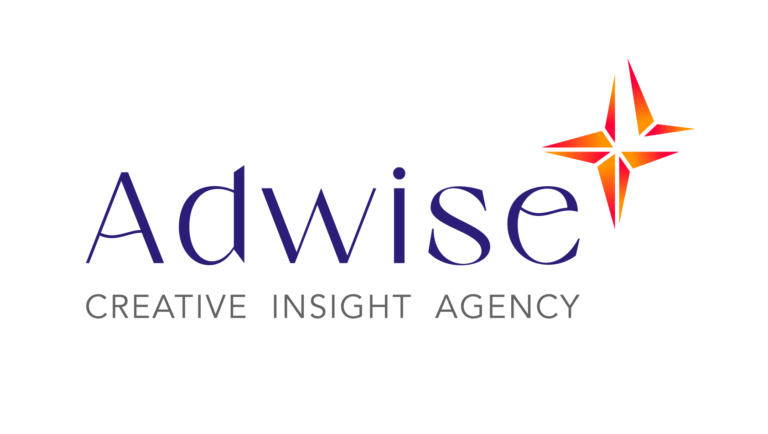The health crisis is accelerating the migration of marketing research tools to digital and mobile. Yet digital tools have long been associated with the written word. Today, new tools combining voice and image are enriching data collection techniques. Hyper-agile, all these tools are just as rich in terms of showing experiences, feelings and logics captured at home as traditional offline methods. Feedback from the range of customer listening tools we use:
Individual interviews by telephone: no, this is not new, but yes, the telephone is incredibly efficient today. Because the voice is a hot medium: it gives access to the emotional, and thanks to empathy results in a strong commitment from the participants. The fact that we can't see each other - surprisingly - frees up speech and refocuses on the substance. There is no judgement, just listening. It is also the most universal solution for reaching those who do not have a good internet connection; a practical and easy solution for interviewees who do not feel like writing. And of course, it is a preferred approach for expert targets, especially in BtoB. Our latest study among lawyers was conducted by telephone, with a wealth of insights. It allows for in-depth interviews and leads to the construction of fine personas (here 7 personas).
The video interview, thanks to dedicated platforms or simply one's smartphone, engages in a different way, by being more entertaining and illustrative. It is perfectly suited to exploratory studies, logbooks in both daily practices and beauty. It can even be used as a duo or trio, an agile and flexible solution to create dynamics without the heaviness of a group.
Ethnography at home - thanks to our responsive digital platform - allows us to combine slices of life with vivid and insightful illustrations. Our last study for Mango allowed us to visit the dressing rooms of the interviewees, to receive a daily logbook of their clothing and, through an in-store mission, to perceive what affects them in shop.
The individual blog brings all the advantages of the digital and the individual; it is a formidable tool for convergence, more rational since it is written and gives us access to the values and beliefs of each person. It is perfect for individual presentations, logbooks and for those who prefer asynchronous approaches due to availability. By posting images or even films, they immerse us in their daily lives and tell us their life stories. Our last study for Little Big Change allowed us to listen to 10 female influencers individually (because we didn't want them to influence each other!). Thanks to their knowledge of their market, we were able to gather in one week the essential knowledge of a market before innovating.
The online community is a tool for sharing experiences. It gives us access to all the information on a subject, first of all by allowing a dynamic to be created between everyone. Its advantage is also that it allows tracking over time, while communicating on the emotional level of feelings and experience sharing. The community is particularly well suited to tracking opinions, expectations and experiences over time, and to assigning missions with shared feedback. We have used it during a period of containment to monitor the evolution of opinions and expectations (see other articles on the Adwise blog).
The synchronous online forum (or online group) has all the advantages of a collective (dynamic, comprehensive) and so allows a topic to be socialised to allow a consensus to emerge. The screen is not occupied by portraits and allows visuals to be shared. Our last study for water treatment products for spas allowed us to test new packs, with the possibility of zooming in to read the claims. The collective dynamic allowed us to develop common representations of the packs, and thus to go further in the unconscious reading of the labels.
Finally, the video group is fun, effective and engaging. It seems to us to be particularly suitable for generating discussion on a subject, on an innovation theme, or even for testing concepts and visuals in a group, and for gaining access to a consensus on a subject. Our last study for France Musique enabled us to bring out common feelings about the schedule, the journalists or the editorial choices.
Web listening tools enrich and illustrate the results of a study, but they also help to clarify the issues when used upstream to frame a study or prepare an innovation phase.
Whether you are looking to take stock of your customers' experiences, to identify their expectations of your brand today, to test future communications, or to understand today's behaviours, online tools are perfectly suited to bringing into play the empathy and emotionalism that are so important for understanding. It is in the articulation of individual and collective phases, synchronous and asynchronous, visual or only sound, and in the use of a creative animation guide alternating opinion and mission that the nuggets are hidden.




